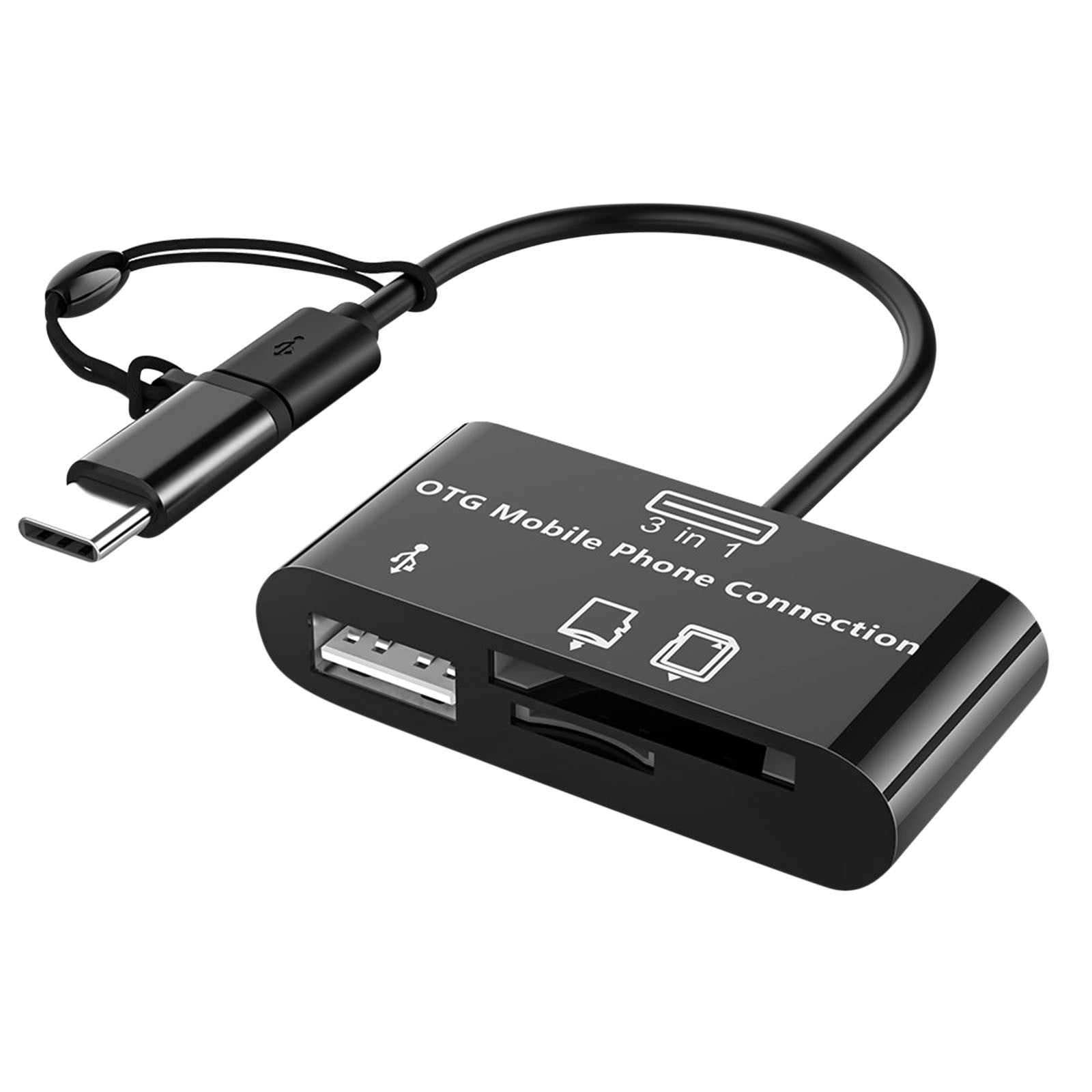
Introduction to OTG Technology
In today's fast-paced world, technology advances at an incredible pace. One significant innovation is OTG (On-The-Go) compatible devices. These allow users to connect external peripherals such as keyboards, mice, and storage devices directly to smartphones, enhancing productivity and convenience.
What is OTG Technology?
OTG technology enables Android devices to connect to external peripherals using a USB OTG adapter. This adapter converts the USB port on your phone into a USB host port, allowing connections to various devices like flash drives, keyboards, and game controllers.
Key Requirements for OTG Compatibility
To ensure your device supports OTG functionality, check these key requirements:
- Operating System: Must run Android 8.0 (Oreo) or later.
- RAM: At least 2GB of RAM is necessary.
- Storage: Ensure at least 500MB of free storage space.
- Processor: A quad-core processor or better is recommended.
- Screen Resolution: Minimum resolution of 720p.
- Internet Connection: A stable connection, preferably Wi-Fi or 4G/5G.
- Bluetooth: Ensure Bluetooth 4.0 or higher.
- Permissions: Grant necessary permissions like location, camera, and microphone access.
- Battery: A battery capacity of at least 3000mAh is recommended.
Top OTG Compatible Phones for Android Users
Samsung Galaxy S22 Ultra
The Samsung Galaxy S22 Ultra is one of the most powerful and feature-rich devices available today. It supports OTG functionality out of the box and comes with a large 6.8-inch Dynamic AMOLED display, making it perfect for both productivity and entertainment.
- Processor: Qualcomm Snapdragon 8 Gen 1
- RAM: Up to 16GB
- Storage: Up to 1TB
- Battery Life: Up to 5000mAh
Google Pixel 7 Pro
The Google Pixel 7 Pro is another top contender in the OTG compatible phone market. It boasts a 6.7-inch OLED display and is powered by the Google Tensor G2 chip, ensuring smooth performance and efficient battery life.
- Processor: Google Tensor G2
- RAM: Up to 12GB
- Storage: Up to 512GB
- Battery Life: Up to 5124mAh
OnePlus 10 Pro
The OnePlus 10 Pro is a flagship device that offers impressive performance and features at an affordable price point. It features a 6.7-inch AMOLED display and is powered by the Qualcomm Snapdragon 8 Gen 1 chip.
- Processor: Qualcomm Snapdragon 8 Gen 1
- RAM: Up to 12GB
- Storage: Up to 256GB
- Battery Life: Up to 5000mAh
Asus Zenfone 9
The Asus Zenfone 9 is a compact powerhouse that delivers big performance despite its small size. It features a 5.9-inch AMOLED display and is powered by the Qualcomm Snapdragon 8+ Gen 1 chip.
- Processor: Qualcomm Snapdragon 8+ Gen 1
- RAM: Up to 16GB
- Storage: Up to 256GB
- Battery Life: Up to 4000mAh
Xiaomi Poco X5 Pro
The Xiaomi Poco X5 Pro is another budget-friendly option that offers impressive specs at an affordable price point. It features a 6.67-inch AMOLED display and is powered by the Qualcomm Snapdragon 778G chip.
- Processor: Qualcomm Snapdragon 778G
- RAM: Up to 12GB
- Storage: Up to 256GB
- Battery Life: Up to 5160mAh
Benefits of Using OTG Compatible Phones
Using an OTG compatible phone offers several benefits:
- Enhanced Productivity: Connect external peripherals like keyboards and mice for more efficient work.
- Increased Versatility: Connect various devices such as flash drives, game controllers, and printers.
- Convenience: Carry fewer devices; do everything from one device.
- Cost-Effective: Save money on separate gadgets by using your phone as a hub for multiple devices.
OTG compatible phones have changed how we use our devices by providing unparalleled flexibility and convenience. By choosing one of the top OTG compatible phones listed above, you can experience enhanced productivity and versatility in one compact package. Whether you're a professional looking to streamline your workflow or an enthusiast seeking new ways to enjoy gaming on-the-go, these devices offer everything needed to stay connected and productive anywhere at any time.
